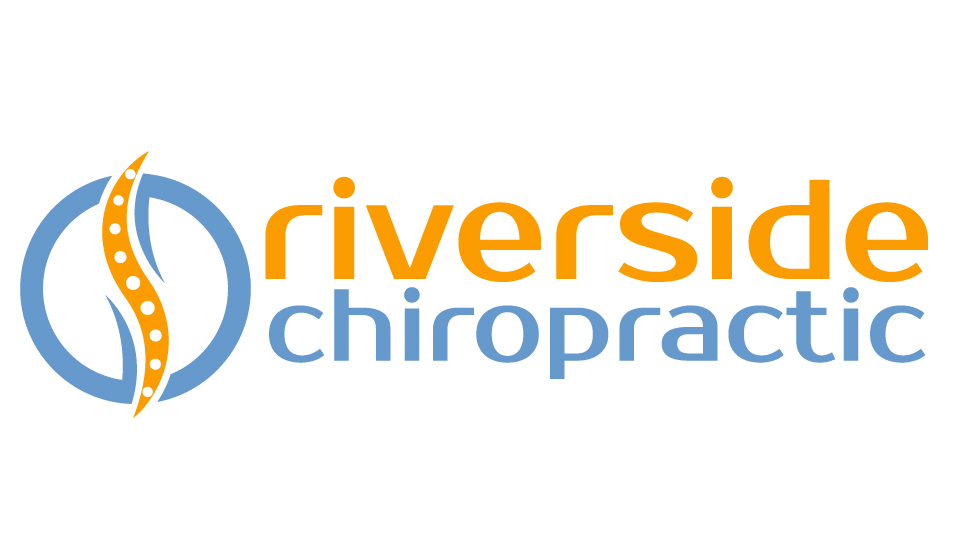Wake up without back pain: your complete guide to choosing the right mattress
/Quality sleep is essential for your health and wellbeing, and your mattress plays a crucial role in achieving that restorative rest. If you're experiencing back pain, restless nights, or simply wondering if it's time for an upgrade, this guide will help you make an informed decision about your sleep setup.
When Is It Time to Replace Your Mattress
The general rule of thumb is simple: if your mattress is more than 10 years old, it's time to start shopping for a replacement. Over time, even the best mattresses lose their support and comfort properties, which can negatively impact your sleep quality and spinal health.
Side Sleepers: Fix Your Sleep Position Tonight
If you're a side sleeper, pay attention to what happens with your top leg during the night. Does it roll over onto the mattress, creating an uncomfortable twist in your lower back? This common issue can lead to morning stiffness and chronic back pain.
The solution is surprisingly simple: place a pillow between your knees or at your stomach area. This small adjustment helps maintain proper spinal alignment and prevents that problematic leg roll that causes torsion in your lower back.
Finding Your Perfect Mattress Support Level
When it comes to mattress selection, support should be your primary concern. Aim for at least medium support as your baseline. While the "feel" of the mattress—whether it's firm, medium, or soft—comes down to personal preference, adequate support is non-negotiable for spinal health.
Many people make the mistake of choosing overly soft mattresses. While they might feel luxurious initially, sinking too deeply into your mattress can compromise proper spinal alignment and leave you feeling unrested and achy.
Recommended Brands and Shopping Tips
Based on customer satisfaction and quality, Sealy Posturepedic remains a reliable choice that rarely disappoints. For those interested in newer direct-to-consumer options, Emma mattresses have also received excellent feedback from users who appreciate their balance of comfort and support.
However, the most important advice is this: don't buy a mattress without testing it first. Visit a showroom where both you and your partner can lie down on potential mattresses. Spend at least 10-15 minutes on each option to get a genuine feel for the support and comfort levels.
What to Look for During Testing
When testing mattresses in-store, keep these key points in mind:
Check for excessive sinking: You shouldn't feel like you're being swallowed by the mattress. While it's normal for your hips to dip down slightly (this helps maintain spinal curves), you should still feel well-supported.
Test partner compatibility: If you share your bed, make sure you don't roll toward each other due to inadequate edge support or a too-soft surface. Each person should have their own comfortable space without feeling like they're sliding toward the middle.
Consider your sleep position: Side sleepers need pressure relief for hips and shoulders, while back and stomach sleepers require firmer support to prevent spinal misalignment.
The Bottom Line
Investing in a quality mattress is investing in your back and your overall health. Poor sleep affects everything from your mood and productivity to your immune system and long-term health outcomes. Don't let an old, unsupportive mattress rob you of the restorative sleep you deserve.
Take the time to evaluate your current sleep setup, make simple adjustments like adding a pillow between your knees if you're a side sleeper, and when it's time to replace your mattress, choose wisely by testing options in person. Your back—and your overall wellbeing—will thank you for it.



